The Special Qualities of the North York Moors
The statutory role of the National Park refers to the promotion of opportunities for the understanding and enjoyment of the ‘Special Qualities’ of the National Park. These define what makes the North York Moors distinctive and explain why the National Park is of so much value to the nation. They help promote the National Park and paint the canvas on which its policies are set. Our Special Qualities are:
1. A surprising range of contrasting landscapes, with extensive views.
Few other English National Parks have such a range of contrasting landscapes in such a defined area. It is home to a diverse mix of dense forests, leafy glades, deeply cut dales, meandering rivers and a dramatic coastline, all linked by open heather moorland unique in its extent in England.
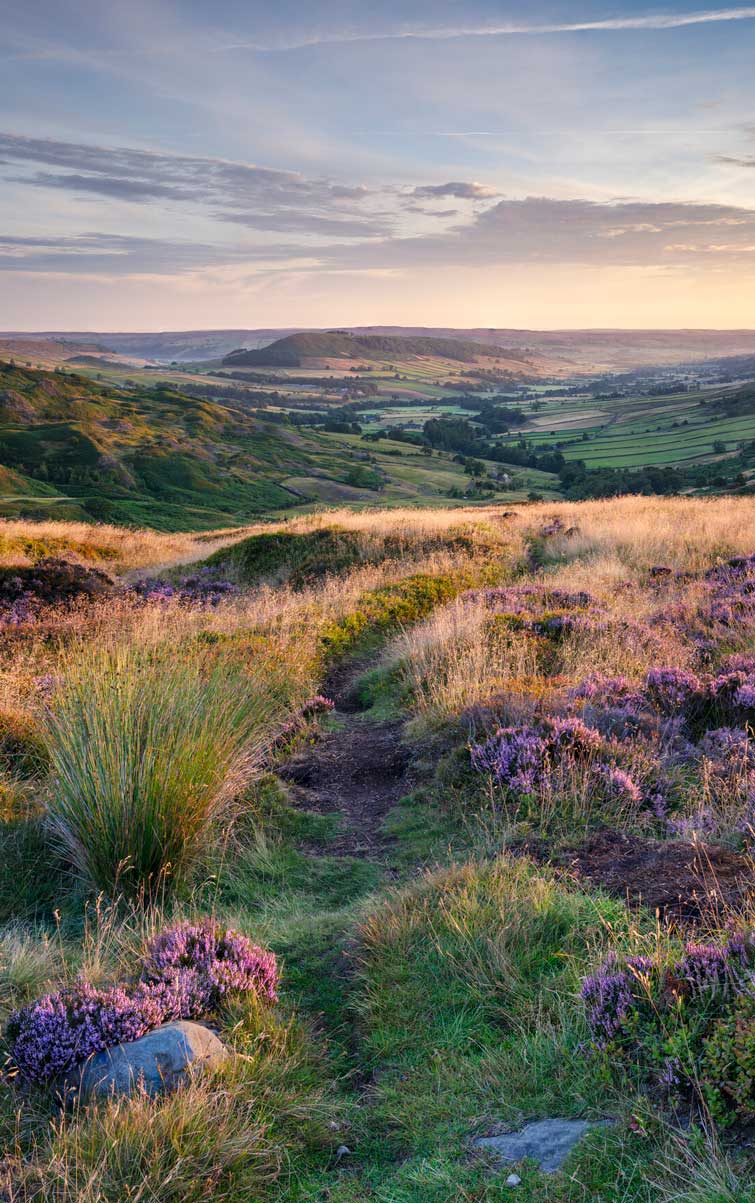
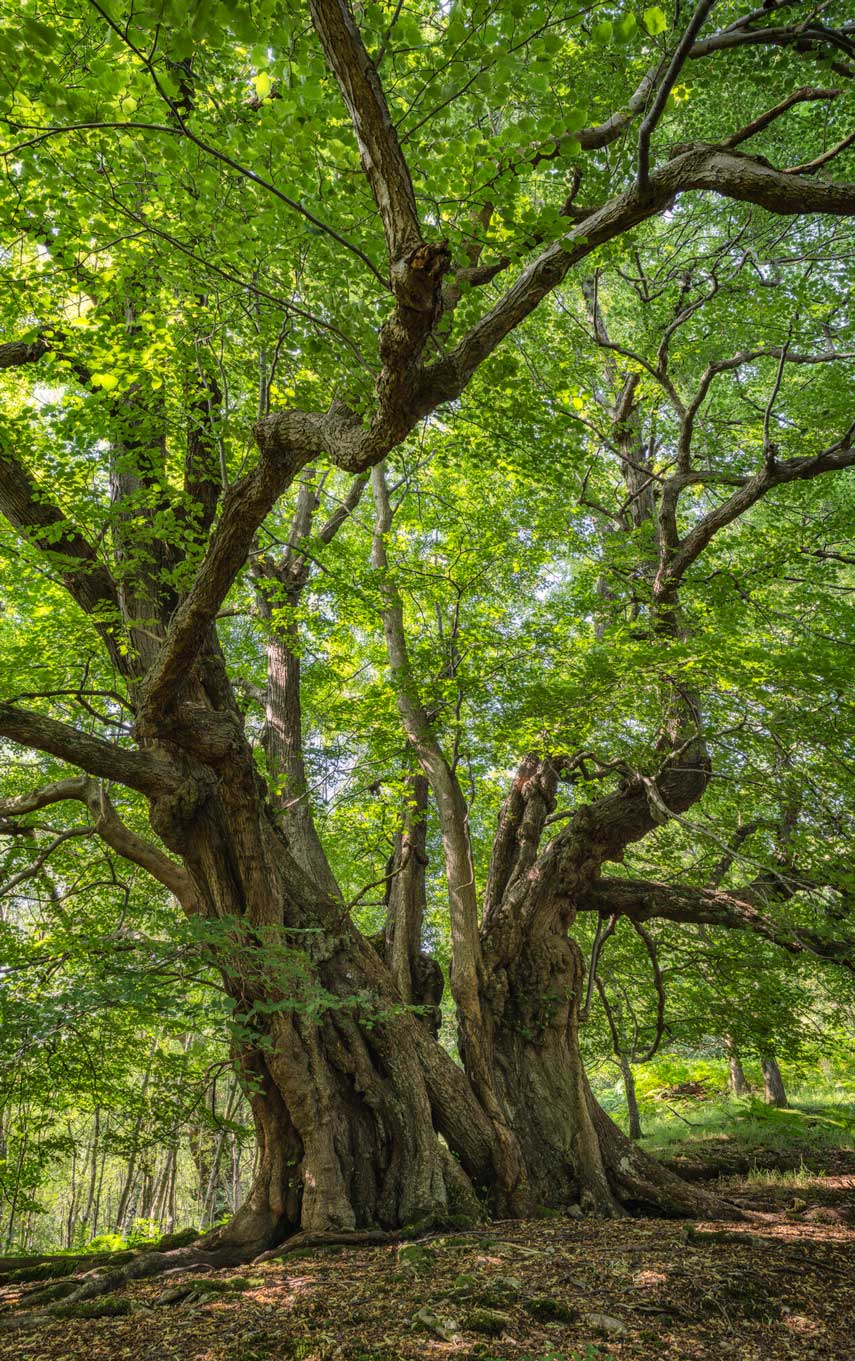
- It has one of the greatest concentrations of veteran trees in northern England – ancient woodland and multi-purpose forests create wonderful, accessible opportunities for conservation and recreation.
- Steep hills rise dramatically from surrounding lowland vales and valleys. These define the edge of the National Park and provide exceptionally far-reaching views from the moorland tops, across the green dales to the surrounding lowlands and from coastal cliffs out to the North Sea.
- The Jurassic-era coastline combines high cliffs, wooded bays, sandy coves, sheltered harbours and jutting headlands. The coastal villages are bywords for tradition and distinctiveness; the coastal geology is exceptional.
2. A diverse mix of upland, lowland and coastal habitats, home to a rich variety of wildlife.
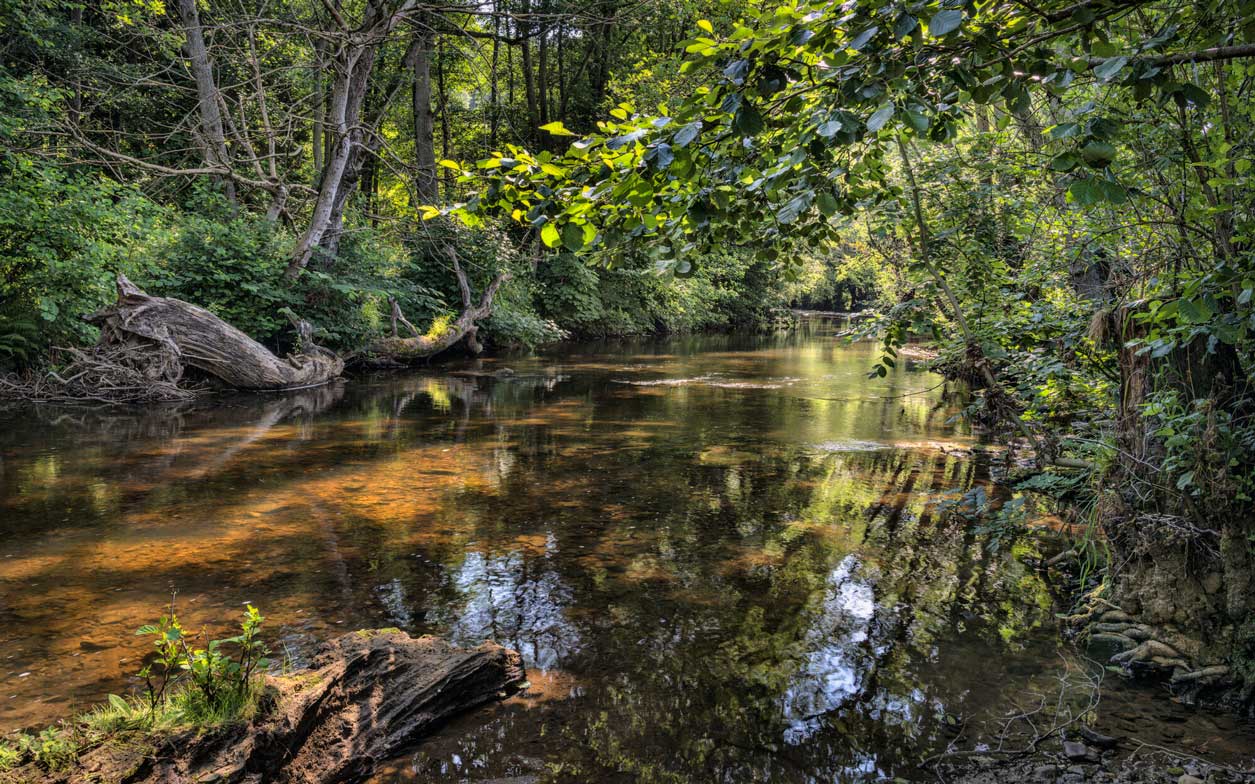
The landscapes are full of life, from shoreline rockpools to moorland ponds. Our geology, geography and centuries of working the land have helped create a mosaic of habitats that support many rare and internationally important wildlife species.
- The upland plateau is important for moorland-nesting birds such as merlin, golden plover and curlew. Rare butterflies, such as the Duke of Burgundy, can be found in the limestone grasslands in the south, while fens, bogs, flushes and springs support very rare soldier flies and whorl snails.
- Our rivers and streams teem with life, from mayflies to Atlantic salmon. The River Esk has its source in the high moorland and runs to the North Sea. Valuable work on the Esk and the Rye rivers helps support threatened species, such as white-clawed crayfish and the freshwater pearl mussel.
- The coast is a place where woodland, scrub, heath and flush vie for space. Marine creatures abound, but this is also an environment for grazing cattle, flowering yellow gorse and tree-clad gills.
- Our woods and forests provide an important refuge for species like nightjar and goshawk and support the only breeding population of turtle dove in the north of England. And in the ‘windy pits’ (a network of roofed-over fissures) there are nationally significant numbers of bats, including the Alcathoe bat.
3. A place with strong, visible links to its cultural heritage.
For over three hundred generations, and thousands of years, people have shaped our landscapes. Whether farming, fishing or mining – or managing the moorland or planting the dales – you can see the story of people’s lives and labours played out across the land.
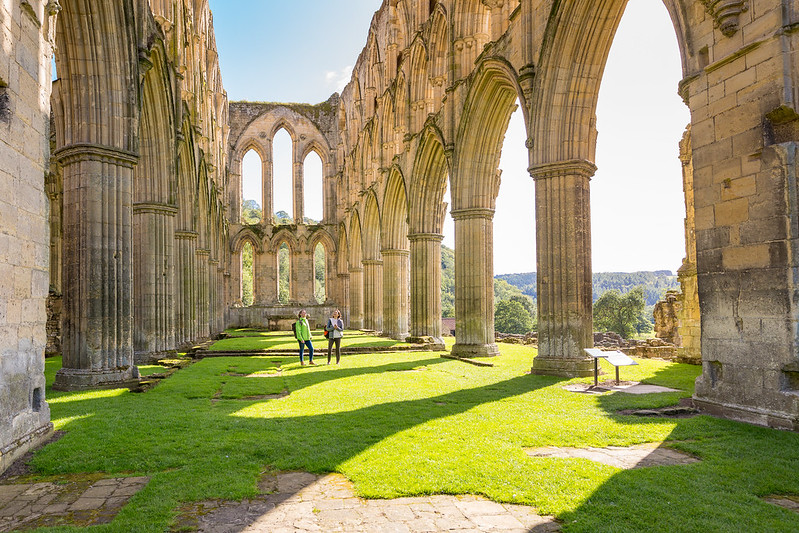
- Iron Age forts, Bronze Age burial mounds, ancient stone crosses and boundary stones, medieval castles, ruined abbeys and Victorian industrial relics are found across all corners of the National Park.
- A wealth of archaeology helps tell the tale of former human activity, from Mesolithic hunters and Roman occupation to monastic sheep-farming and 20th-century wartime training.
- Local traditions, songs, festivals and folklore help reinforce cultural identity.
- The landscape continues to inspire creative endeavour, with artists and artisans alike drawing inspiration from the natural fabric of the North York Moors.
4. A variety of distinctive places and communities, creating a sense of local identity, culture, tradition and pride.
Settlements are rooted in the curves and folds of the landscape. Where people have settled, they have built strong, welcoming local communities with a distinctive character of their own.
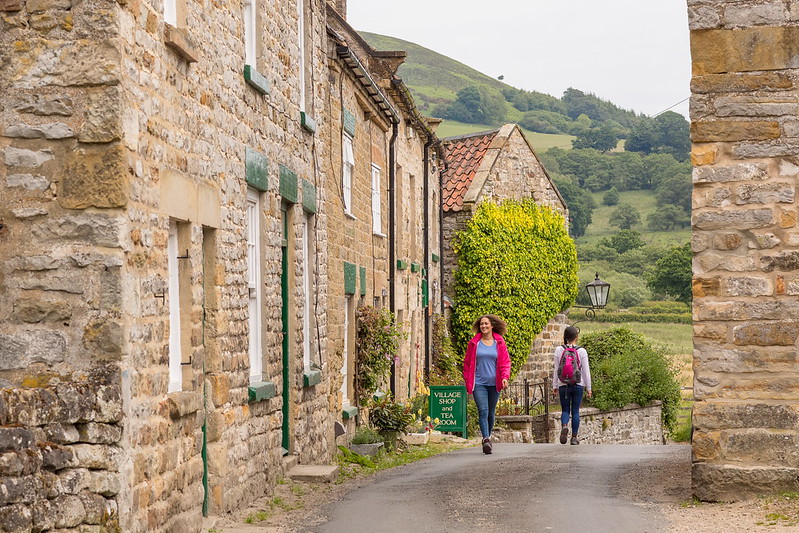
- The buildings reflect the local geology, with limestone used to the south and sandstone in the north. Traditional roofing materials are widely used – predominantly red clay pantiles, but also thatch, and Welsh or Westmorland slate, which creates an architectural style which is clearly identifiable as belonging to the North York Moors.
- Geography, agriculture, forestry, industry and heritage all contribute to the North York Moors’ varied scenery. Isolated farmsteads sit at the heart of a network of stone walls, maintained hedges and enclosed pastures and meadows. Small coastal villages cling to the cliffsides, with buildings jostling for space. Terraced workers’ cottages or estate villages provide some communities with a sense of local identity and Georgian and Victorian buildings reflect periods of wealth and growth.
5. A place of escape from towns and cities, offering a true sense of remoteness and the darkest of skies.
The North York Moors location on the doorstep of heavily populated areas provides easily accessible places to escape and experience our wild, beautiful landscapes and star-filled dark night skies.
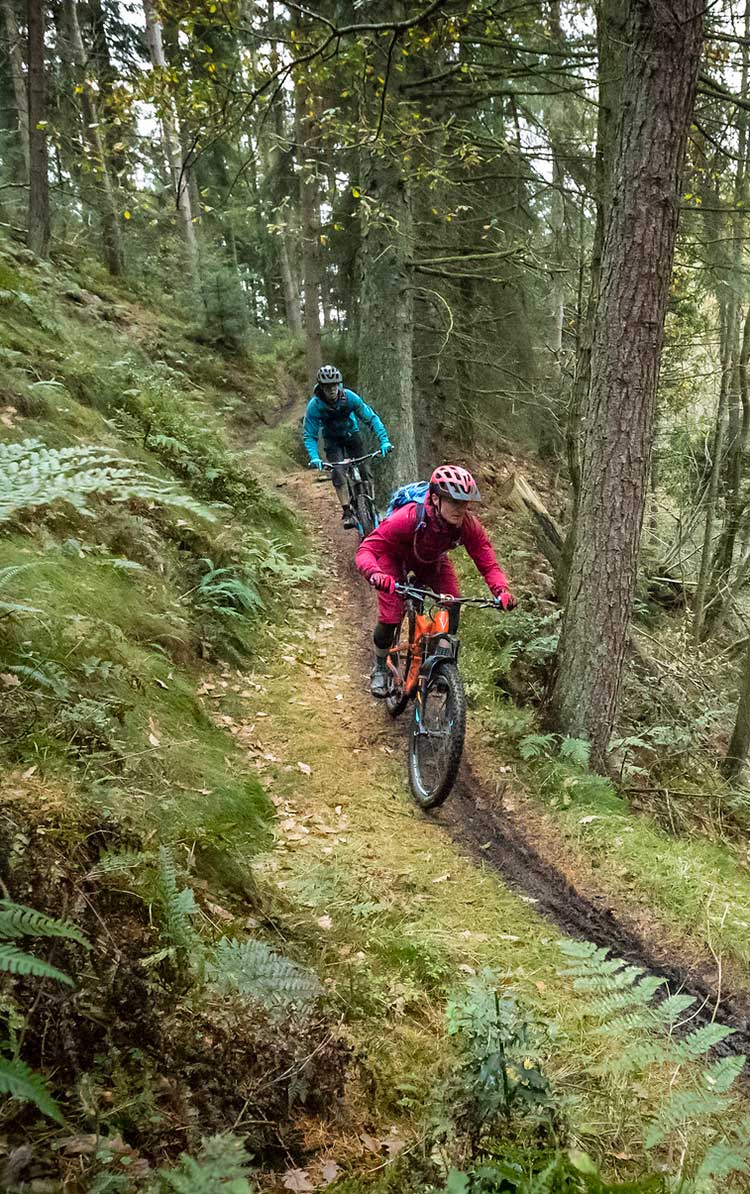
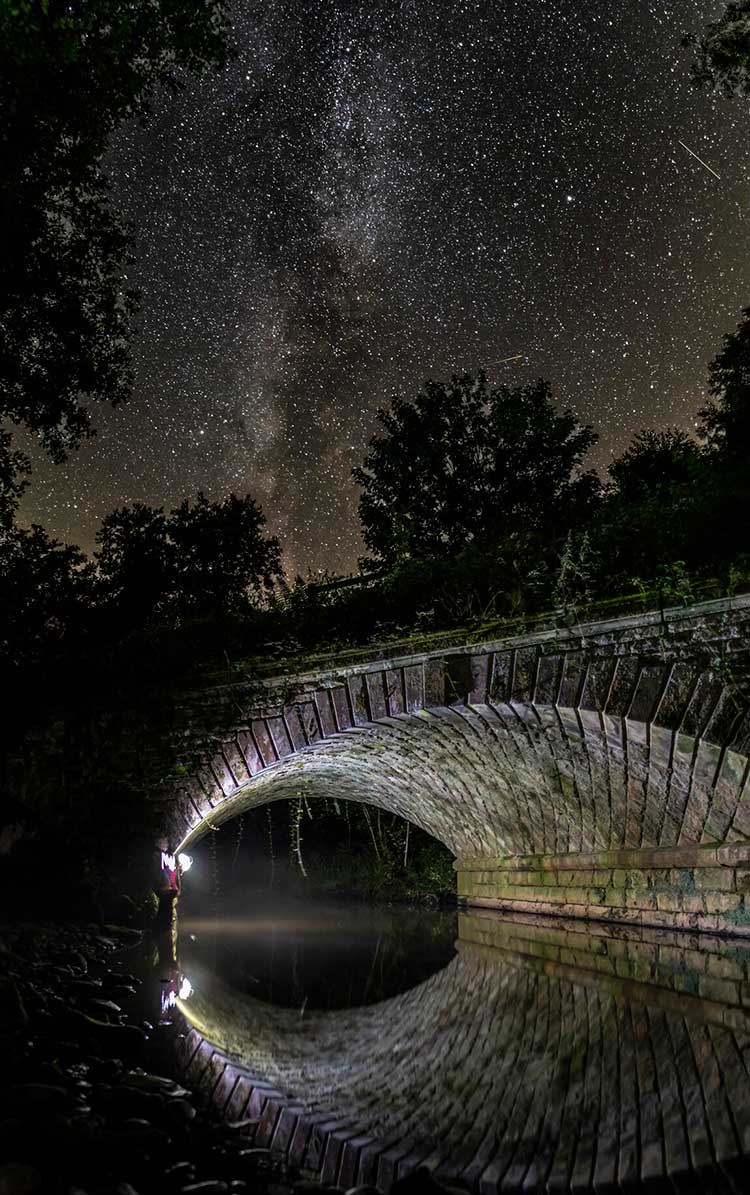
- Walk onto the moorland and experience a sense of openness, away from the crowds. The big-sky views are astonishing, while the purple blaze of late-summer heather is one of England’s natural glories.
- It’s easy to find quiet riverside meadows, hidden waterfalls and moorland ponds full of darting dragonflies. Cycle into the forest on woodland trails, where deer move silently among the trees and birds nest, sing and soar.
- The darkest of night skies offer a different kind of escape. In this International Dark Sky Reserve, you can often see 2,000 stars – far more than in the nearby towns – including spectacular views of our own galaxy, the Milky Way.
6. A source of physical, mental and spiritual well-being.
The North York Moors isn’t simply just a place, it’s a state of mind. Here – in these landscapes, surrounded by nature, within this living heritage – is somewhere to take stock; somewhere to breathe. It’s:
- A place for calm solitude and finding a deep sense of tranquillity.
- A place to relax – to picnic on a village green, eat ice cream on a sandy beach, stroll through the heather to a rocky outcrop, paddle in an ice-cold stream or look out over a wildflower meadow.
- A place of challenge – cycling, hiking, running and horse-riding on thousands of miles of public bridleways, footpaths, country lanes and forest tracks.
- A place of enrichment, for artists, volunteers, teachers, enthusiasts, children and retired people – for anyone whose health and well-being benefits from being outdoors in nature

A Vision for the National Park
The Vision for the North York Moors National Park is:
By 2040 the North York Moors National Park will be a resilient landscape at the forefront of addressing climate change and nature recovery. It will be a biodiverse, beautiful and varied place that’s proud of its cultural heritage, all of which lift the nation’s health and well-being. It will be a place with a diverse, innovative, low carbon economy and home to thriving, welcoming local communities.
The Vision for the North York Moors is based on six key outcomes that we and our partners aspire to bring about:
